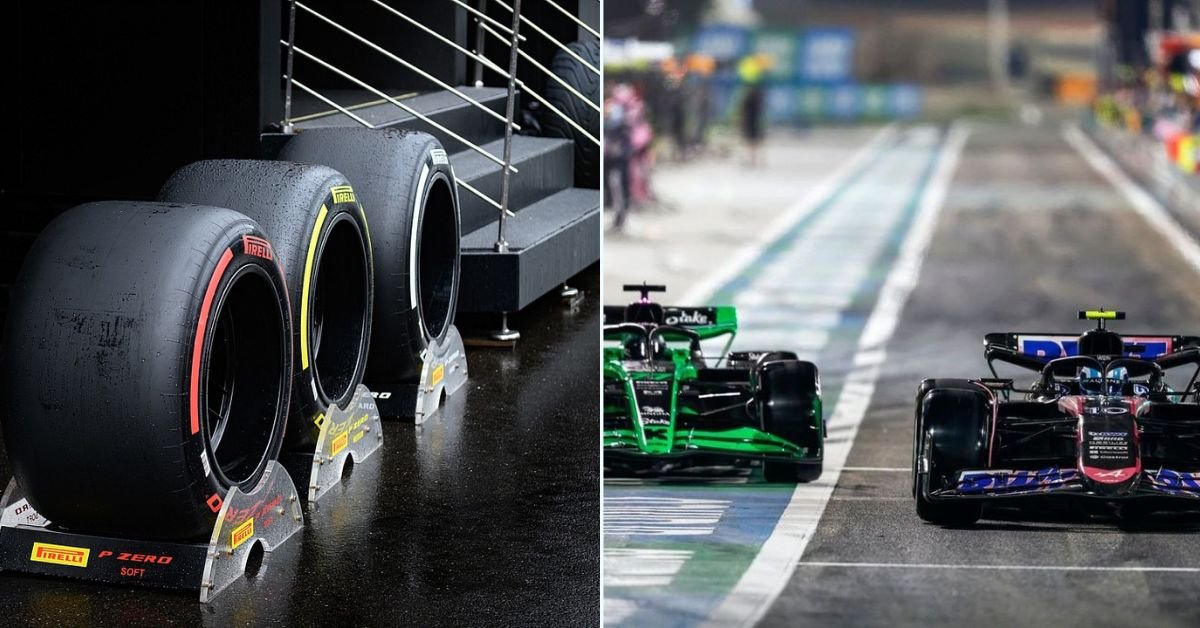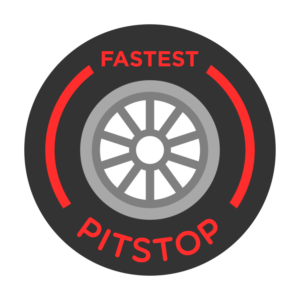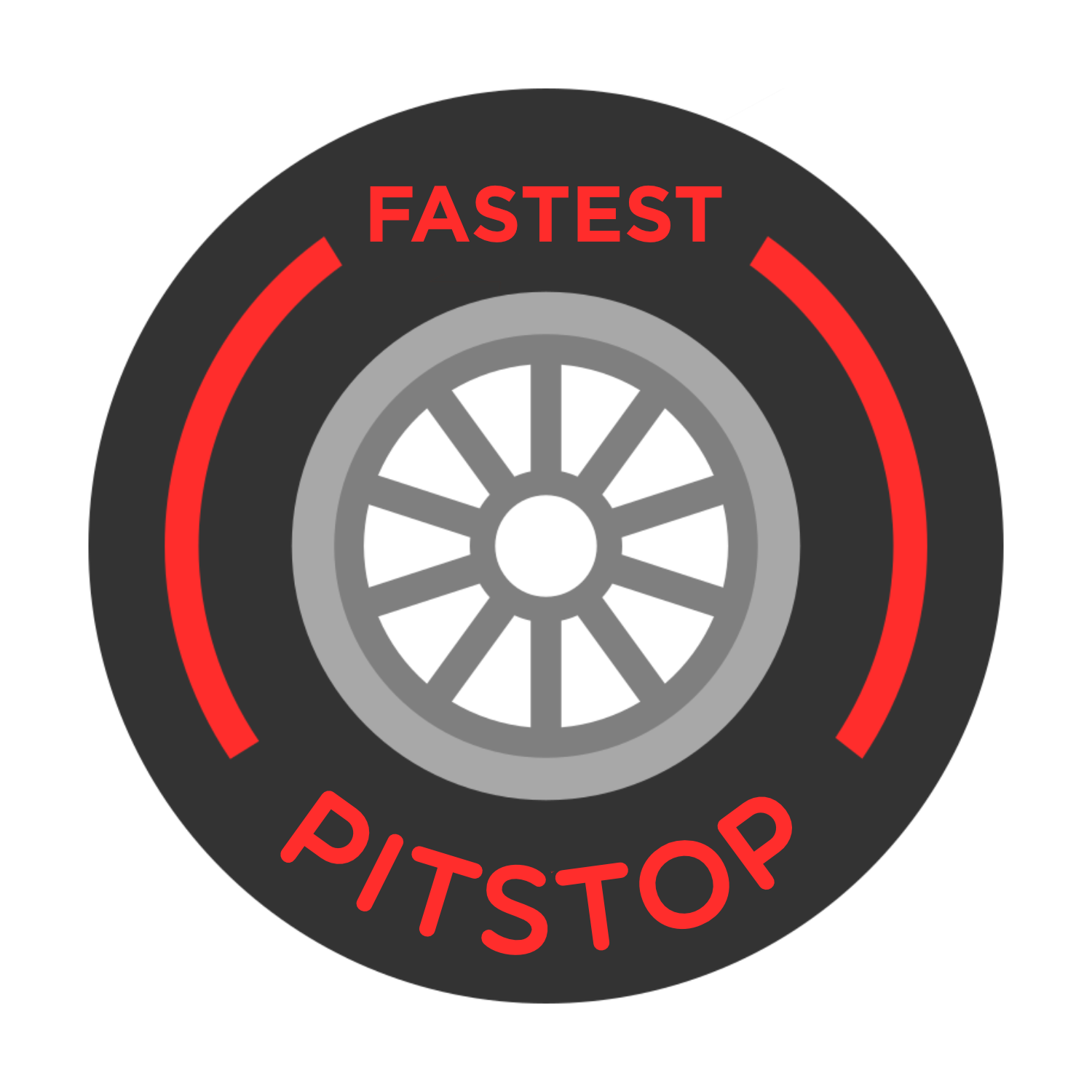Qualifying is the session that tests the nerves of Formula 1 drivers as they push their cars to the absolute limits with zero margin for error. Sometimes, their resilience is rewarded with an F1 pole position, but on a bad day, they may find themselves out of contention for a strong finish- or worse, ending up in the barriers.
The sad part is that quite a lot of motorsport fans are unaware of the importance of qualifying in Formula 1. However, here’s the truth: the real action begins on a Saturday afternoon (or sometimes evening) when the lights go green at the end of the pit lane.
What is Qualifying in Formula 1?
As mentioned earlier, qualifying is the penultimate session squeezed between the final practice session and the main race. In simple words, qualifying determines the starting order for the race on Sunday. The fastest driver will have the privilege of starting the race from the front of the grid while the slowest will be obligated to start all the way from the back of the grid.
Qualifying’s elite group has hit triple digits 💯 #F1 pic.twitter.com/4F7TLmqeLD
— Formula 1 (@F1) August 6, 2019
Interestingly enough, Formula 1 is against one-shot qualifying and therefore, the final starting grid is determined through three parts of qualifying – Q1, Q2 and Q3.
F1 Qualifying – Q1
In Q1, all 20 cars are allowed to compete over a period of 18 minutes. However, when the chequered flag is out, the five slowest cars are eliminated from the session altogether, with their starting positions locked according to their fastest time in the session.
Subsequently, only the drivers in positions P1 to P15 will advance to Q2.
F1 Qualifying – Q2
In the middle part of qualifying, only the promoted 15 cars are allowed to leave the pit lane. Unlike in Q1, the duration is shortened by three minutes to 15 minutes. However, as the clock runs down, only the top 10 drivers in the final classification will advance to the third and final part of the qualifying session.
Meanwhile, the drivers who miss out on the top 10 will start the race from their final positions.
F1 Qualifying – Q3
The true test of pace begins here. The track is no longer green; it’s rubbered up after nearly 28 minutes of running, and now, all that matters is the drivers and their willingness to push the limits of their cars. With an eye on the big prize, i.e., the pole position, the top 10 drivers from Q2 exit the pit lane and head onto the track with a 12-minute timer counting down.
Calm down… it’s only qualifying! 🫣
We’ve put together some of the craziest qualifying moments from over the years#F1
— Formula 1 (@F1) April 16, 2023
There are no more eliminations. Hence, following the chequered flag, the drivers will start the race from their final positions in Q3. The fastest driver in Q3 will be awarded pole position for the main Grand Prix event on Sunday.
Tyre rules in Qualifying
Until 2021, Formula 1 had a rule that required drivers who qualified in the top 10 to start the race on the same set of tyres they used to set their fastest times in Q2. This meant that drivers starting the race from P11 to P20 enjoyed free tyre choice.

However, F1 dropped the rule ahead of the 2022 season, and all drivers have since been awarded free tyre choice for the main race.


